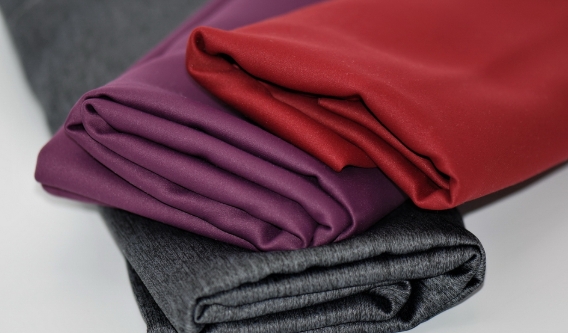What Are You Looking For?
Defoamers in Textiles: Green Innovation and Future Trends
Mar 26, 2025In recent years, global textile supply chain upgrades and tightening environmental regulations have spotlighted defoamers as critical auxiliaries in manufacturing. From dyeing, sizing, to wastewater treatment, defoamers play an increasingly vital role in enhancing product quality and reducing energy consumption. Meanwhile, their shift toward eco-friendly formulations and smart applications has become a cornerstone of the industry’s sustainable transformation.

I. Current Applications: The Silent Guardian of Textile Production
Foam generation during textile processing significantly impacts efficiency and product integrity. Key challenges include:
Dyeing Processes: Foam causes uneven dye distribution, leading to stains or reduced color fastness.
Sizing Operations: Excess foam compromises coating uniformity on yarn surfaces, affecting weaving performance.
Wastewater Management: Foam accumulation in surfactant-rich textile effluent slows treatment and raises costs.
Globally, silicone-based, polyether, and mineral oil defoamers dominate the market. According to Grand View Research’s 2023 Textile Chemicals Report, defoamers account for approximately 12% of textile auxiliaries, with a CAGR of 6.5%. Over 50% of demand originates from Asia-Pacific (notably China and India), aligning with the region’s massive textile manufacturing footprint.
II. Green Defoamers Rise Amid Regulatory Pressure
Stringent policies like EU REACH and China’s carbon neutrality goals are phasing out traditional defoamers containing VOCs (Volatile Organic Compounds) and APEO (Alkylphenol Ethoxylates). Innovation now focuses on:
Bio-based Defoamers: Derived from plant oils or microbial fermentation, these biodegradable solutions minimize toxicity. Trials of plant-derived formulations in select dyeing mills have demonstrated carbon emission reductions of up to 30%.
High-efficiency Hybrid Defoamers: Nano-engineered blends of silicone and polyether achieve superior foam suppression with lower dosages, reducing chemical consumption.
Industry leaders have intensified R&D efforts, with major players prioritizing green defoamer development to align with global sustainability targets.
III. Future Trends: Smart Solutions and Circular Economy Integration
IoT-enabled Precision Defoaming
Smart factories are adopting sensor-based systems to monitor foam levels in real-time, dynamically adjusting defoamer inputs. Pilot projects in advanced manufacturing facilities have reported annual savings exceeding $110,000 (USD) alongside a 15–30% reduction in chemical use.
Closed-loop Systems for Wastewater
Integrated defoamer recovery technologies are gaining traction. Recent advancements in "foam flotation-defoamer recycling" systems enable the recovery of over 90% of defoamer components from wastewater, supporting circular economy models.
Cross-industry Tech Breakthroughs
Nanomaterials and microencapsulation are enabling next-gen defoamers. For example, heat-resistant microencapsulated agents gradually release active ingredients during high-temperature processes like polyester dyeing, ensuring sustained performance.
IV. Challenges and Opportunities
Despite growth potential, hurdles remain:
Cost Barriers: Green defoamers are 20–40% pricier than conventional options, limiting adoption among SMEs.
Regulatory Fragmentation: The absence of global standards for eco-certified defoamers complicates market penetration.
However, escalating ESG (Environmental, Social, Governance) investments in textiles will push sustainable defoamers toward becoming supply chain prerequisites. By 2030, green variants are projected to capture over 60% market share, up from 35% today.
Conclusion: From Auxiliary to Strategic Asset
The evolution of defoamers mirrors the textile industry’s broader shift toward precision and sustainability. As biotech and smart manufacturing converge, these once-niche chemicals are poised to drive the sector’s green revolution. For manufacturers, securing early-mover advantages through R&D partnerships and alliances with industry leaders will be critical to dominating this transformative landscape.
(Data sources: Grand View Research, Textile Exchange)